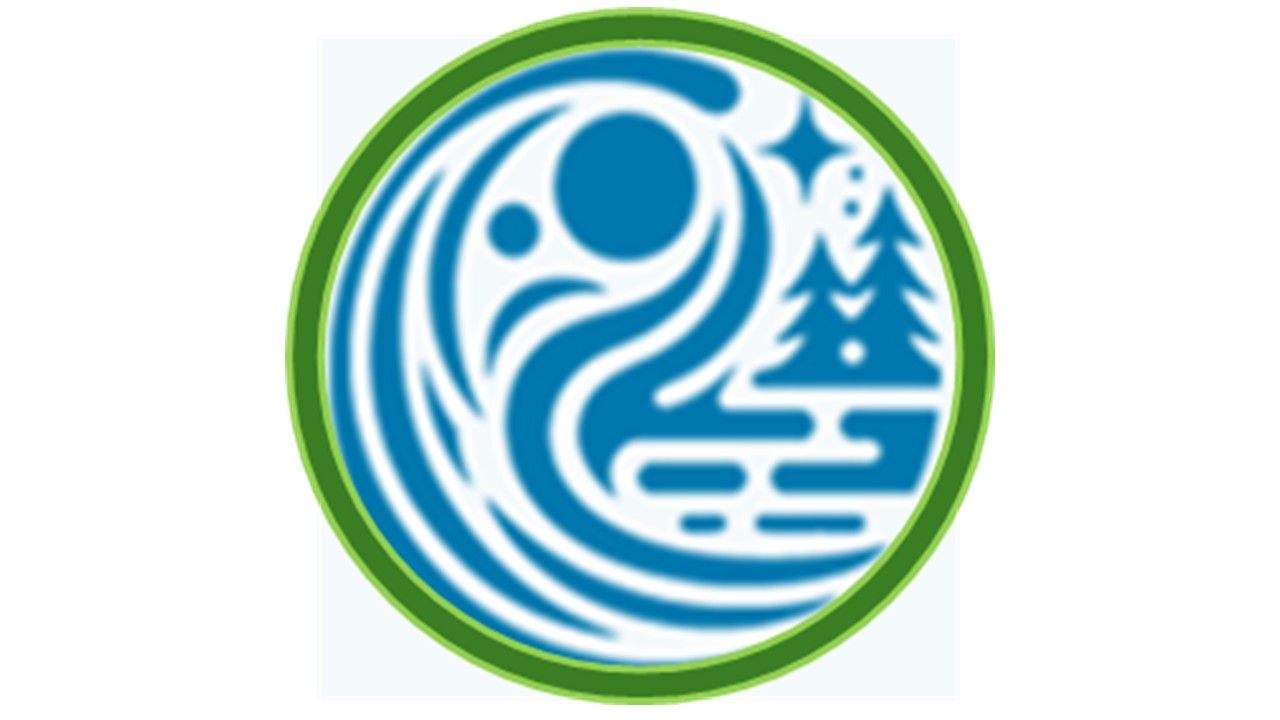Debunking Common Myths About Indigenous Communities in Canada
Understanding Indigenous Communities in Canada
Indigenous communities in Canada are often surrounded by misconceptions and stereotypes that fail to reflect their rich histories and vibrant cultures. It is essential to address these myths to foster a greater understanding and appreciation of Indigenous peoples.

Myth 1: Indigenous Peoples Are All the Same
A common misconception is that all Indigenous peoples in Canada share the same culture, language, and traditions. In reality, Canada's Indigenous population is incredibly diverse, encompassing First Nations, Inuit, and Métis peoples. Each group has its own distinct languages, customs, and beliefs. There are over 600 recognized First Nations communities alone, each with unique cultural identities.
Myth 2: Indigenous Communities Are Stuck in the Past
Another prevalent myth is that Indigenous communities are relics of the past, disconnected from modern society. Many people mistakenly believe that Indigenous peoples have not adapted to contemporary life. However, Indigenous peoples have continually evolved, integrating traditional knowledge with modern practices. They are active in various fields, including business, politics, art, and science, contributing significantly to Canada's multicultural landscape.

Myth 3: Indigenous Peoples Receive Special Privileges
A persistent myth is that Indigenous peoples receive undue privileges from the government. While there are specific agreements and treaties that recognize Indigenous rights, these are not "special privileges" but rather legal obligations honoring historical commitments. These agreements aim to address the ongoing impacts of colonization and promote reconciliation.
The Importance of Education and Awareness
One of the most effective ways to combat myths about Indigenous communities is through education and awareness. By learning about the true histories and contemporary realities of Indigenous peoples, Canadians can help dismantle stereotypes and build meaningful relationships based on respect and understanding.

Myth 4: All Indigenous People Live on Reserves
Another misconception is that all Indigenous people live on reserves. While some do reside in these areas, many live in urban centers across Canada. The movement to urban areas is often driven by opportunities for education, employment, and community engagement. It is essential to recognize the diverse living situations of Indigenous peoples and their contributions to both rural and urban environments.
Fostering Respectful Relationships
Engaging with Indigenous communities respectfully involves recognizing their sovereignty and supporting their self-determination. This includes advocating for policies that uphold their rights and addressing systemic issues like poverty, education disparities, and healthcare access.
By actively debunking myths and promoting accurate representations of Indigenous peoples, Canadians can help create a more inclusive society that values diversity and acknowledges the significant contributions of Indigenous communities throughout history and today.
